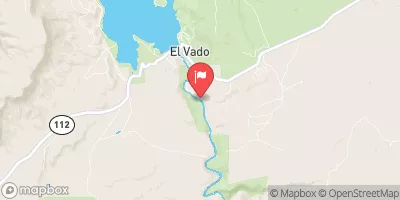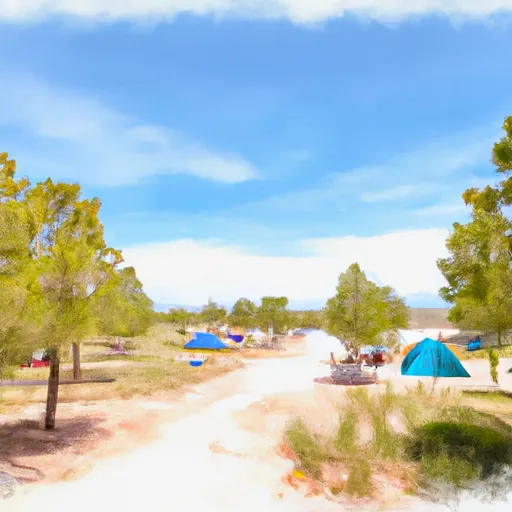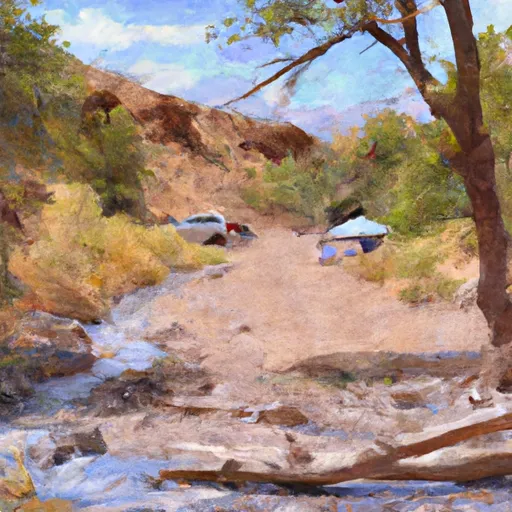Summary
The river is home to a variety of fish species, including brown trout, rainbow trout, cutthroat trout, and brook trout. These species are prevalent in the area and can provide exciting fishing experiences for anglers.
Aside from fishing, there are other nearby activities that visitors can engage in, such as hiking, camping, and wildlife viewing. The area is surrounded by stunning scenery, making it a perfect place for nature lovers.
To fish in this area, it is advisable to use dry flies, nymphs, or streamers, depending on the season and the fish you are targeting. Fly-fishing is the popular method used in this area.
The best time of the year to visit Rio Nutritas Fishing area is during the spring and fall seasons when the weather is mild and water temperatures are ideal. The average temperature in the spring season is around 50-60°F, while in the fall season, it is around 50-70°F.
In conclusion, Rio Nutritas Fishing area is an excellent location for anglers looking to catch different trout species while enjoying the beautiful scenery and outdoor activities. Make sure you come prepared with the right fishing gear and follow the local regulations and guidelines to have a successful and enjoyable fishing experience.
Weather Forecast
Nearby Streamflow Levels
 Rio Chama Near La Puente
Rio Chama Near La Puente
|
75cfs |
 Rio Chama Below El Vado Dam
Rio Chama Below El Vado Dam
|
100cfs |
 Rio Chama Above Abiquiu Reservoir
Rio Chama Above Abiquiu Reservoir
|
105cfs |
 Rio Chama Below Abiquiu Dam
Rio Chama Below Abiquiu Dam
|
74cfs |
 Rio Ojo Caliente At La Madera
Rio Ojo Caliente At La Madera
|
17cfs |
 Conejos River Near Mogote
Conejos River Near Mogote
|
86cfs |
Angling Safety Guidelines
Check local fishing rules, seasons, size limits, and license requirements to ensure legal and sustainable angling.
Handle Fish Responsibly
Use wet hands, minimize air exposure, and release fish gently to improve survival rates when practicing catch-and-release.
Choose the Right Gear
Match your rod, line, and tackle to the species and conditions to increase success and reduce unnecessary harm to fish.
Respect the Waterway
Avoid disturbing habitat, prevent bank erosion, and keep a safe distance from spawning areas to protect ecosystems.
Keep It Clean
Pack out all line, hooks, bait containers, and trash—discarded gear can injure wildlife and degrade waterways.
Related Links
Area Campgrounds
| Location | Reservations | Toilets |
|---|---|---|
 Trout Lakes
Trout Lakes
|
||
 Trout Lakes Campground
Trout Lakes Campground
|
||
 Canjilon Lakes Campground
Canjilon Lakes Campground
|
||
 Canjilon Lakes
Canjilon Lakes
|
||
 Canjilon Creek
Canjilon Creek
|
||
 Hopewell Lake
Hopewell Lake
|

 Upper Trout Lake Dam
Upper Trout Lake Dam